12 March 2018
Easter in Trieste: things to see and do in the city and on the Karst
Have you thought about where to spend Easter? Of course, the first concern is what the weather will do. Trieste could be a city to visit at Easter.
Fortunately, the Meteorological Union of Friuli Venezia Giulia on its Facebook page informs us that the Burian II, expected from March 20 with a new wave of frost, is nothing but fake news, or yet another hoax. On their page they write: “We read and hear news in the media and on the web of another wave of frost that could affect Italy in the last days of the month, and even of a cool, rainy summer caused by the atmospheric warming of a few weeks ago. But … THERE IS LITTLE EVIDENCE FOR THIS, AND IN ADDITION IT IS ALMOST IMPOSSIBLE TO PREDICT THE WEATHER THAT FAR IN ADVANCE. We find ourselves denouncing yet more nonsense whose sole objective is to discredit the meteorological profession.” Quoted from meteorologists.
“Anyway, we have the sea!” would be the answer of the Triestinos. The proximity of the sea has a softening effect on the climate, and thanks to the sea currents the weather does not remain the same for long and can change rapidly.
As a result, Trieste is the perfect place for a short vacation. Trieste allows you to have three in one: the sea, the city and the Karst.
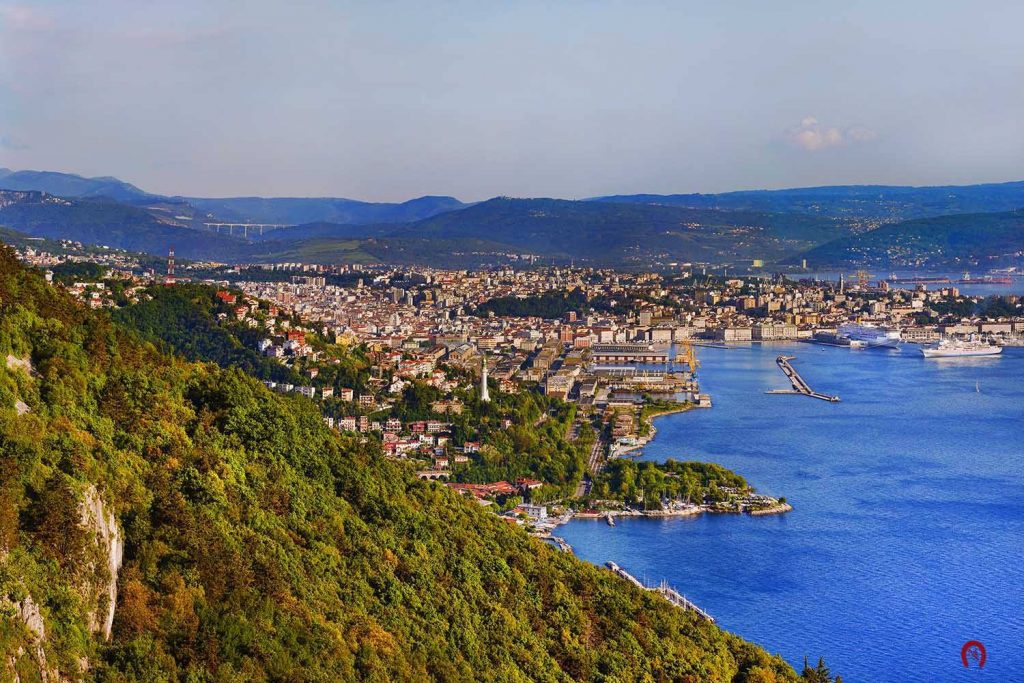

THE SEA
If you love the sea, you mustn’t miss the promenade at Barcola that we describe HERE.
But in the city the sea also means the quays, with the glorious Molo Audace next to the largest square in Europe, Piazza Unità d’Italia.
On the quays, at the Salone degli Incanti – Ex Pescheria there is an exhibition of underwater archeology (open from 10 am to 7 pm). Opposite, in the imposing ex Magazzino Vini, you will find Eataly, where sipping an aperitif in front of the huge window onto the sea is an unmissable experience.
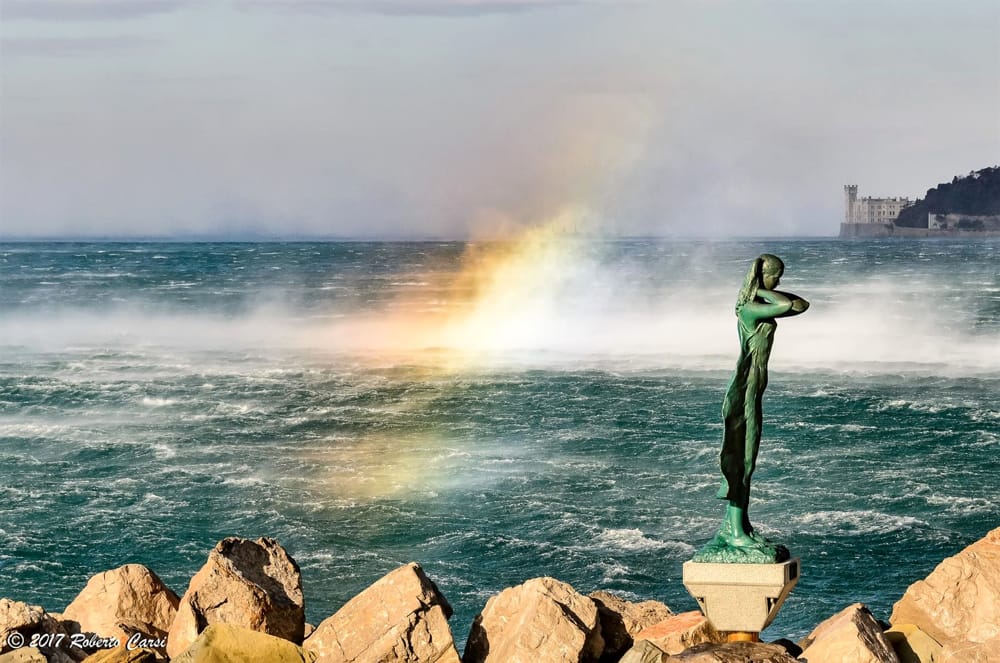

THE CITY
What to see and do in the city?
- The literary hotel is lucky enough to be located behind the hill which houses the Castle and the Cathedral of San Giusto. The Castle is open on Easter days from 10am to 7pm, with the additional good news that on Sunday, April 1st, as on every first Sunday of the month, it is free. The Alinari Image Museum – an innovative and highly technological museum – is also located at the Bastione Fiorito del Castello where, until April 1st, the exhibition on contemporary Triestine and Slovenian photographers can be visited for just 3 euros.
- The unmissable Miramare Castle and its park can also be visited free on Easter Sunday. It is open from 9am to 6.30pm.
- At the Museo Revoltella, Trieste’s modern art gallery, there is an exhibition on the early twentieth century in Munich, Vienna, Trieste and Rome. The gallery is open every day from 10am to 7pm, and admission is free, even on April 1st.
- A mandatory stop in Trieste is a visit to the Risiera di San Sabba, the only Italian concentration camp and national monument. It is open every day from 9am to 7pm.
- Don’t miss a visit to the Castle of Duino, on the cliffs overlooking the sea.
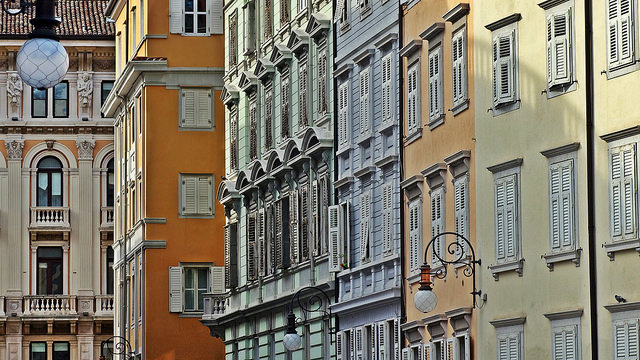

THE CARSO
Trieste also includes the mountainous belt of the Karst, with its spectacular walks. In just 10 minutes you will be on the plateau, where we advise you to experience the typical Osmize, details HERE. You are sure to find San Pelagio and Samatorza open, and there you can eat among the olive trees.
Don’t miss a visit to the Giant Cave, the largest in the world. It is open on Easter Sunday and Monday from 9am to 5pm.
Alternatively, try a walk on the Napoleonic Way, starting from Opicina and ending at the sanctuary of Monte Grisa.
For more information, please ask at the hotel reception, who will provide you with the best tips on how to get there.
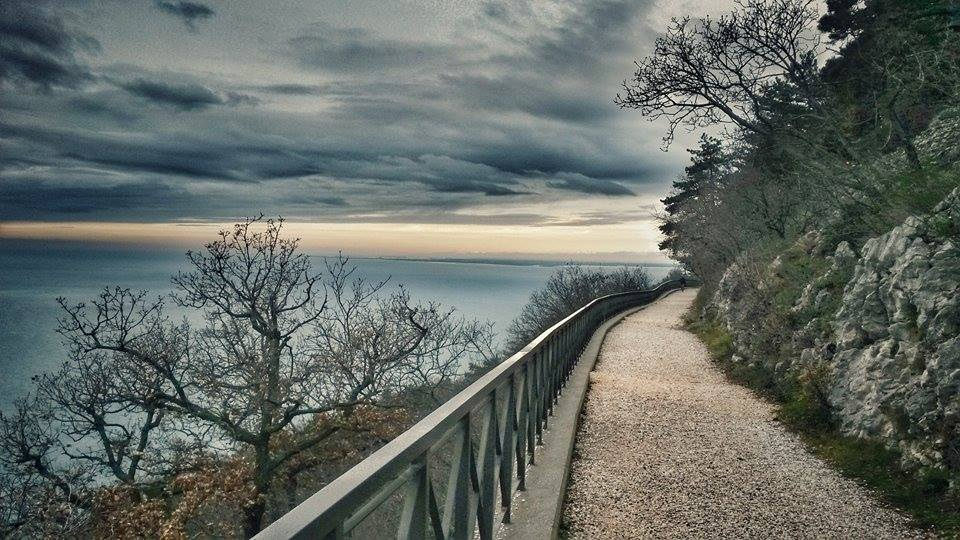

EASTER SWEETS
Easter also means sweetness, and Trieste, like most regions, has its own traditional desserts.
At Easter we eat Pinza, a soft and leavened bread, but not overly sweet; perfect with both salami and cheeses and homemade jams. According to tradition, the characteristic cross-cut, which helps the dough to rise, symbolizes the martyrdom of Christ. The shape of the Pinza also brings to mind the vinegar-soaked sponge that the Roman soldiers placed on Jesus’ lips.
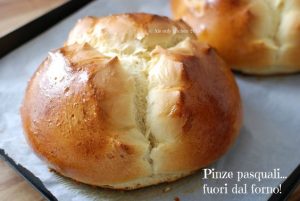

The Titola has the shape of a braid, and recalls the nails used for the crucifixion; while a hard-boiled red egg inserted into the mixture reminds us of the stones of Calvary stained by blood dripped from the cross.
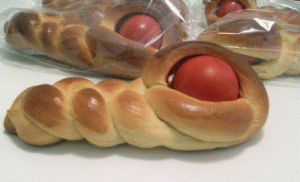

The delicious Putizza comes from the Slovenian tradition and is therefore more linked to the Karst area.
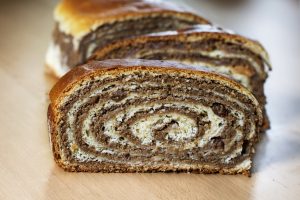

Do you want to discover Trieste? Look at our offers!
Go back to the blog